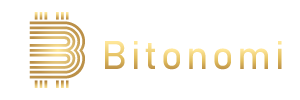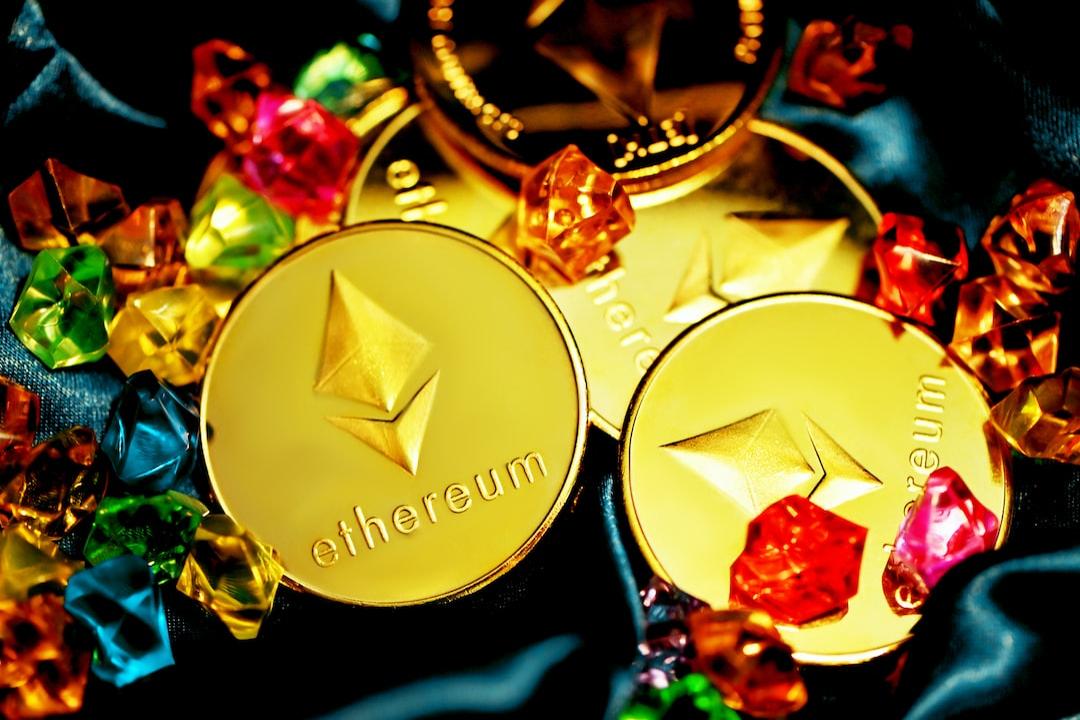Amid Shifting Policies, Investors Turn to Low-Risk Assets
Amid shifting Federal Reserve policies, persistent inflation, and geopolitical uncertainty, investors are increasingly turning to low-risk, yield-generating assets. The approval of spot Bitcoin ETFs in 2024 has accelerated institutional interest in on-chain finance, signaling a broader shift toward compliant solutions. In parallel, gold is re-emerging as a critical strategic asset, with growing scrutiny over traditional reserve practices driving attention toward transparent, blockchain-based alternatives like tokenized real-world assets.
The Next Growth Inflection Point for RWAs: Intelligence and Automation
To explore the future of RWAs, the challenges, and the potential breakthroughs, we sat down with Matrixdock’s Head, Eva Meng, to hear from someone actively building the RWA space.
Odaily: With blockchain technology advancing, we’ve seen many crypto “innovation” projects. You have extensive experience in both the Internet and blockchain industries. What motivated you to enter the RWA space and help build Matrixdock?
Eva: While we’ve seen waves of blockchain “innovation” over the years, many products remain confined within the crypto circle. We’re still far from truly impacting the global financial system or ordinary people’s lives. If there’s one area with a real chance to break the barrier between crypto and traditional finance, I believe it’s RWA. It’s not just about putting assets on-chain—it’s about reshaping how finance works and redefining trust. RWA could make the crypto ecosystem more robust and traditional finance more efficient and transparent.
Odaily: You mentioned using technology to simplify complexity. What pain points does RWA solve in traditional finance, and how is Matrixdock helping?
Eva: Traditional finance is slow, costly, and fragmented. For example, bond syndication involves siloed teams and manual processes, driving up costs and delays. RWA tokenization addresses this by providing a single, tamper-proof source of truth on the blockchain. Real-time settlement, smart contract automation, and transparent records enhance efficiency and reduce reliance on intermediaries.
Odaily: Speaking of gold, market concerns about physical gold transparency have surfaced, like Elon Musk questioning the authenticity of U.S. Treasury gold reserves. How does Matrixdock’s gold token solve traditional gold investment pain points?
Eva: The traditional gold market faces two major challenges: a lack of reserve verifiability and limited market accessibility. Audits of physical gold are often infrequent and opaque, making it difficult for investors to confirm holdings. Meanwhile, gold trading is confined to specific geographic locations and time zones. Elon Musk’s recent comments questioning the authenticity of U.S. gold reserves at Fort Knox reflect a broader issue—gold relies on trust, but trust without real-time verification falls short. That’s exactly what XAUm is built to solve. By leveraging blockchain, XAUm brings transparency and trust back to the gold reserve. Unlike paper gold or futures contracts that are often fractionally backed, XAUm is fully backed 1:1 by LBMA-certified gold. The physical gold is sourced from top-tier refiners such as Heraeus and Point Gold and stored in world-class vaults including Brink’s and Malca Amit.
Odaily: You’ve discussed tokenized standard assets like treasuries and gold. What are your thoughts on tokenizing non-standard assets? Is Matrixdock exploring this?
Eva: Tokenizing non-standard assets like private equity or supply chain financing is a promising idea, and demand for it was evident during DeFi Summer. However, the current infrastructure still lacks the transparency, liquidity, and credit mechanisms needed to support these asset classes effectively. At Matrixdock, we see non-standard RWA tokenization as the next evolution—but it depends on both market readiness and infrastructure maturity. Our approach is simple: Specialize in standardized assets, then expand. That’s why our current focus is on highly liquid, widely recognized assets like U.S. Treasuries and gold, which have established markets and are easy to integrate into DeFi.
Odaily: Matrixdock recently announced deep integration of RWA and AI. As the first RWA player to propose this concept, can you explain why AI is essential? How will investors benefit?
Eva: Beyond growing market demand, I often think about what the future of RWAs looks like. Today, both real-world assets and AI are gaining traction—and AI is no longer theoretical. It has moved beyond the proof-of-concept stage and is now being deployed across industries in real-world applications. This trend is accelerating, and its convergence with blockchain is inevitable. At Matrixdock, we believe the next major leap in financial infrastructure will come from the deep integration of AI and blockchain. Tokenizing assets is just the beginning—the real innovation lies in what happens after: how these assets are held, traded, structured, and leveraged. That’s where transformative value is unlocked.
Odaily: Thank you, Eva, for sharing your insights on AI-powered finance. One last question—investors are curious: Is now a good time to invest in gold? Any advice?
Eva: Trump’s unpredictable tariffs and ongoing geopolitical tensions have intensified global uncertainty, fueling demands for gold. While prices are hitting record highs, gold’s true value lies in long-term protection—not short-term speculation. Many experts suggest dedicating 5% to 10% of a portfolio to gold as a strategic hedge. At Matrixdock, we’ve designed XAUm to make gold both accessible and “lively”. One standout feature is our smart contract-powered dollar-cost averaging (DCA) service, which allows users to purchase gold at set time intervals automatically. This removes the stress of market timing and reduces emotionally driven decisions—bringing a traditional institutional strategy to everyday investors.


